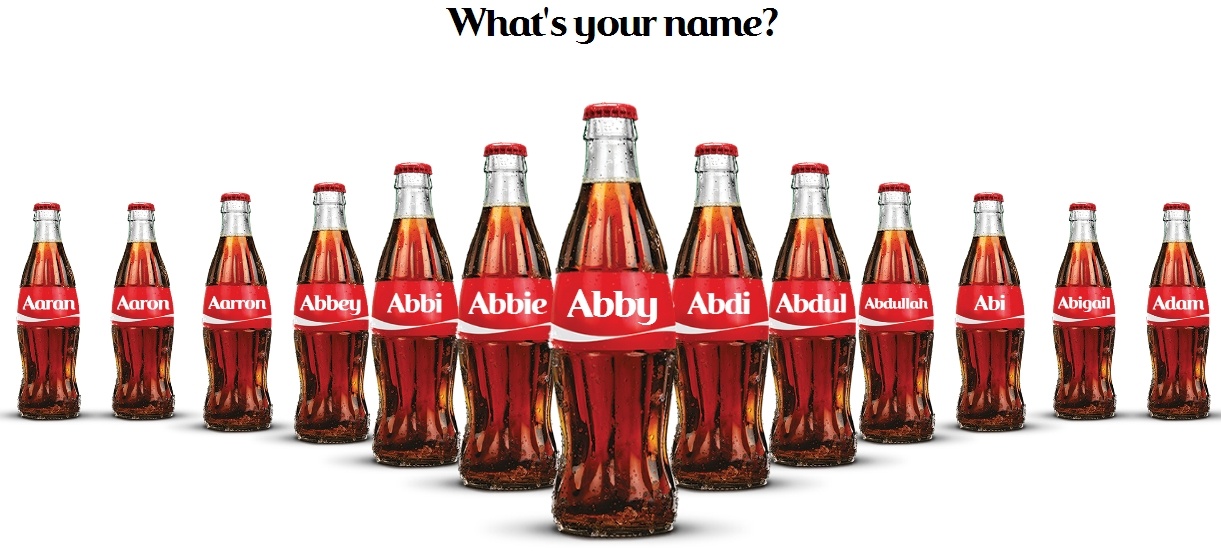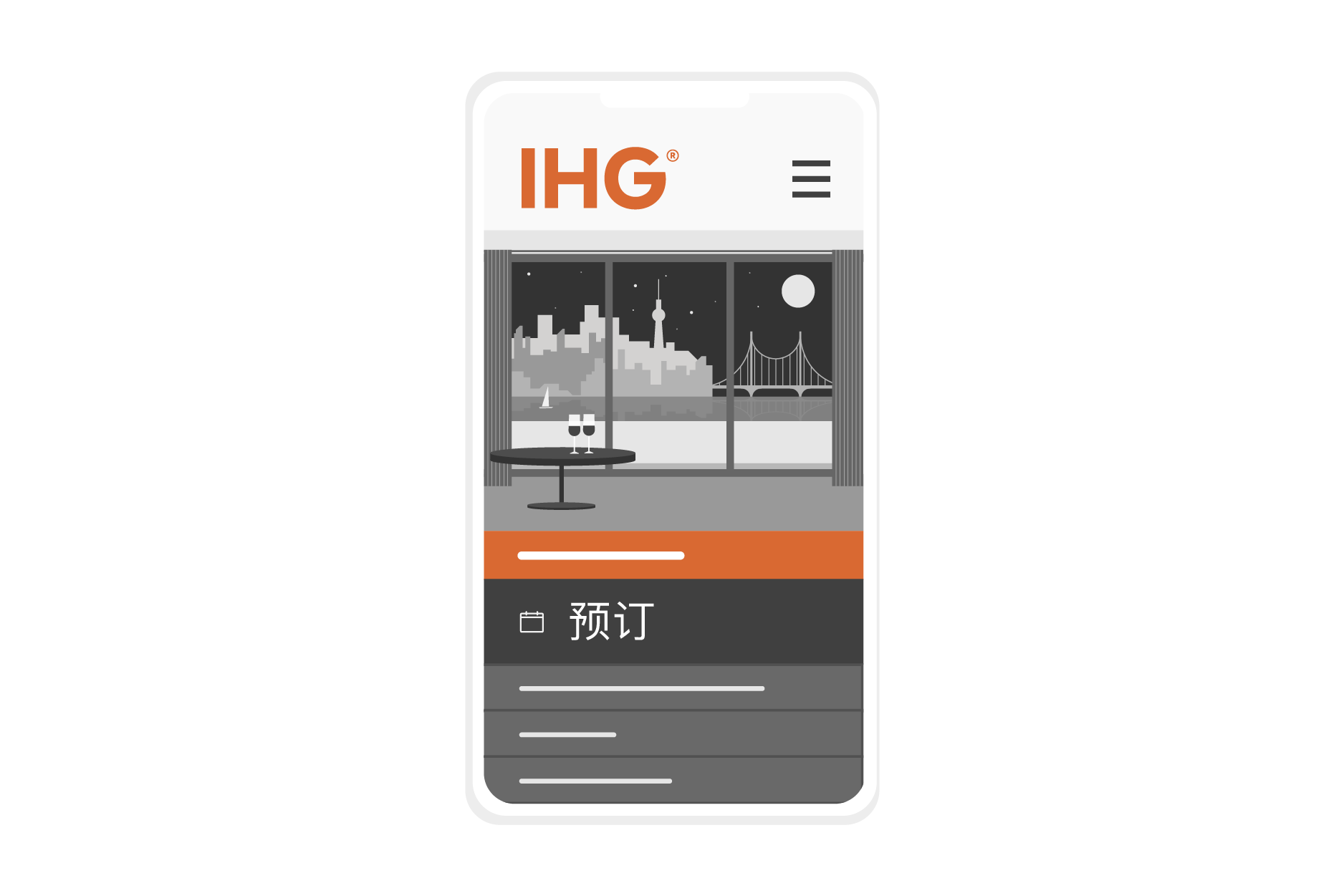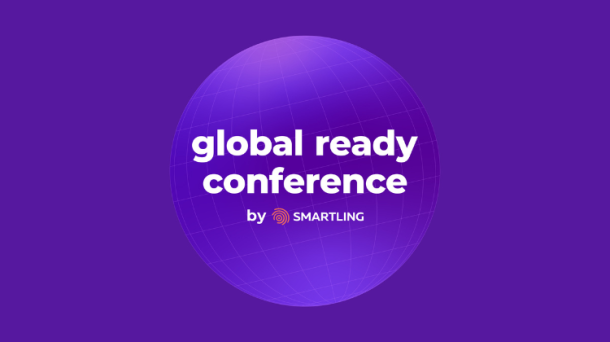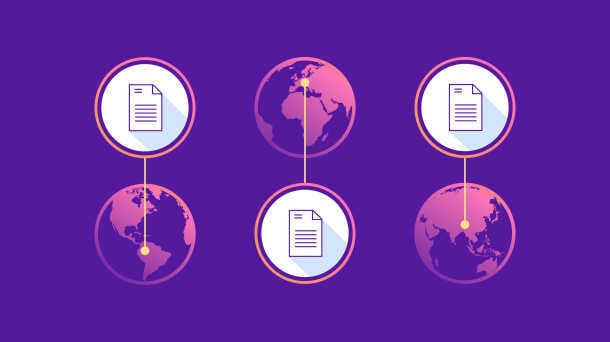I just love starting my week off right on Monday with Spotify's hand-picked discover playlists. It's like they know what I want to hear next before I do. The experience is hand-picked and tailored to my exact personal taste. This is the power of personalization.
And personalization is everywhere. Whether it's Amazon recommending what you might be interested in based on previous purchases, or Spotify discovering what might end up as your next favorite artist. The idea is simple: show consumers what they want based on their habits to drive engagement and sales.
With our agile and powerful cloud Translation Management System, Smartling enables your brand to launch an entirely localized experience, providing personalized content that feels familiar.
Why Personalization Matters
Personalization is the practice of tailoring a message, content, product, or service to fit the specific needs of each unique individual. If we can connect with prospects on a personal level, they will be more likely to continue using that service. And this matters. A lot. No one wants to feel anonymous, and brands that can foster a personal connection are more likely to find new customers.
But, backing it up a bit, personalization isn't always about selling and converting. Many brands are simply looking to reach as wide of an audience as possible. Personalization enables your brand to personally connect with users, offering content that is relevant to their unique interests or needs. Personalization is what enables you to move the world with words.
According to a 2018 research report from Adobe's CMO.com, "67% of respondents said it's important for brands to automatically adjust content based on their current context." On the flip side, "42% of respondents said they get annoyed when their content isn't personalized."
At the end of the day, users expect a personalized experience. It's a big part of the digital world in which we live.
Personalization Based on Location
Brands seeking to include new regions should strive to create a personalized experience through localization.
Language is at the center of personalization and providing content in a user's native language is one of the most powerful ways to foster that personal connection. But, localization extends beyond just translation and involves tailoring a product or service to target a specific region and culture.
By offering localized content, your brand can provide a personal experience unique to that region. Coca-Cola provides one of the strongest examples of a successful localization strategy. With one global concept of "happiness" and "enjoyment," Coca-Cola had to figure out a way to extend this feeling, despite language barriers.

Initially introduced in Australia, the company’s Share a Coke campaign has now successfully expanded to over 50 countries. Each country’s offerings are customized to its local culture and language, with the most popular names of each region printed on cans and bottles in place of the company’s moniker. This campaign is the perfect example of effectively applying a localized positioning strategy to a global market.
Capturing and highlighting the unique culture of new regions enables brands to offer a personalized experience to both attract new users, and "wow" their existing loyal fan-base. Language is always key for personalization. While it may not be possible to personalize content for every single user, brands should strive to offer a personalized experience for specific regions and demographics.
Embrace Localization, Embrace Translators
Now, you may be wondering, how it might be possible to create an experience unique to a specific culture or location. After all, the nuances of culture extend back hundreds of years and continue to rapidly evolve thanks to the power of the digital world we live in.
1. Research Target Markets
Starting right at the beginning, it's crucial to properly research the target market that your brand is looking to enter. During our webinar with industry known Entrepreneurial Linguist Judy Jenner, she expressed how important timing and tone can impact the success of content.
For example, brands looking to launch a service or offering in a new region might not be aware of any tragic events that have occurred and may not realize their planned launch date shared the anniversary of a major cultural incident. It is also important to understand the right linguistic approach for your content, based on region.
There is no agreed-upon universal or neutral form of Spanish, despite being spoken in 20 countries. What works in Mexico City will not resonate appropriately in Argentina, for example -- there will be vast cultural differences sometimes as simple as word choice. Researching your target demographic enables brands to uncover these slight nuances, and avoid any localization faux pas. Much of this can be avoided with content that is properly optimized for translation.
2. Embrace Translators As Your Cultural Guides
There is one critical element to the localization process that technology doesn’t cover: the human element. Smartling prides itself in connecting you directly with translators who customers get to know well.
These rock stars aren't just another company resource, but rather a collaborative member of the team. Translators are an extension of your brand into that new region and can act as a cultural expert.
After all, translation isn't about just replacing words for their counterparts in a new language, but rather capturing and translating the idea and meaning behind content.
3. Collaborate With Translators From The Beginning
Translators are talented individuals and culture experts with their own levels of creativity and knowledge of the world around them. The people who are actually enabling global commerce, the translators, are critical to this entire process.
Ensure to collaborate with translators from the beginning of your project, and clue them in on the exact goal and mission of the content. Translators are your window into that new world; they will know both the target language and market very well.
Translators can contribute and uncover some fascinating insights that might have been overlooked. Working with your translator from the beginning can help capture unique cultural nuances, and plan for success from the beginning.
4. Leverage the Translation and Technology Interaction
Translation shouldn't happen in a vacuum. Instead, translation should be a living process, with collaboration throughout. Translators should be able to collaborate and interact with developers to create the best experience possible, and we have the technology to make that happen.
With Smartling, brands can even manage translation issues through a Slack channel for instant collaboration.
Personalization Powered By Smartling
For InterContinental Hotels Group (IHG), personalization meant offering a unique experience across 5,600 different hotels, in 16 languages, available throughout more than 100 different countries. Smartling has allowed IHG to streamline their translation management process, and eliminted that need for time consuming email chains.

Before Smartling, personalizing content in a new language previously took six to eight months. After Smartling, the process was wrapped up in just one month. IHG was able to use analytics accessible from Smartling’s workflow reporting to discover that internal resources tasked with reviewing translations would change fewer than four percent of all content.
This discovery allowed IHG to establish automated publishing features and eliminate the internal review step, resulting in reaching international customers more quickly than ever before (and it helped them to avoid millions of dollars in translation oversight).
Personalize Your Content, Move the World with Words
While it might not be plausible to create an entirely new experience for every individual user, it's easier than ever to offer a personalized experience with localized content. Language is at the heart of personalization. Offering content and experiences in a language native to users enables your brand to foster that personal connection so many of us seek, and even demand.
Feel free to discuss the power of localization with our amazing team. You'd be surprised how simple it can be.

.jpg)




